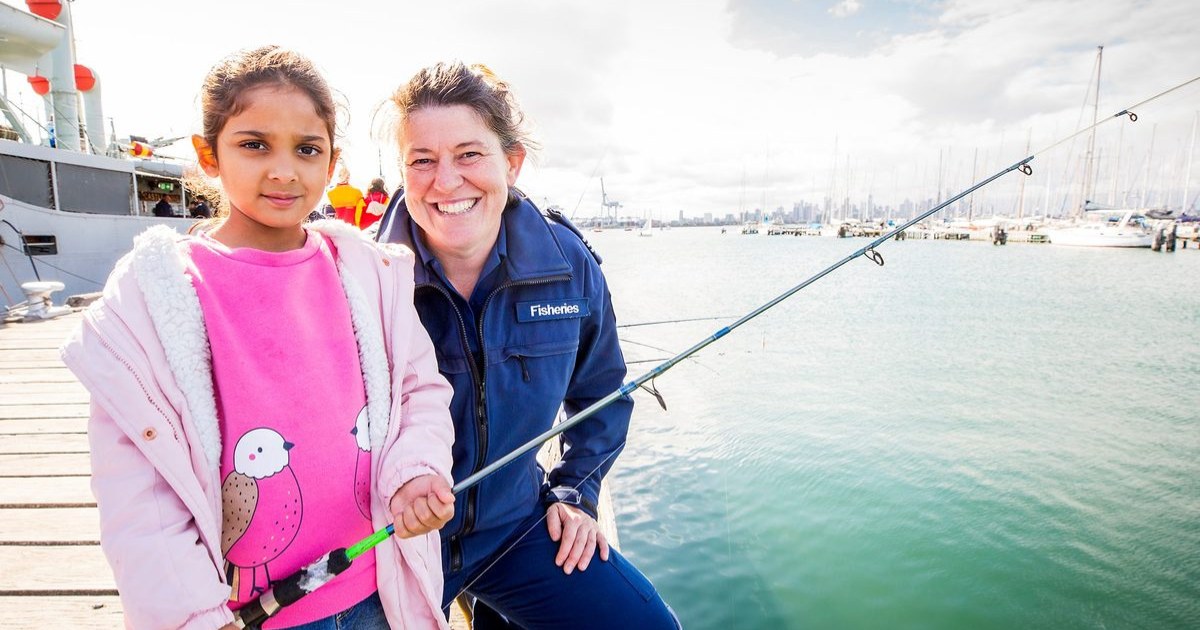Surf Coast remembers Ash Wednesday

Magpies are one of two native birds likely to swoop during the spring breeding period. Photo: SUPPLIED
MORE than 200 people gathered in Aireys Inlet earlier today (Thursday, February 16) to hear stories of resilience and recovery on a day four decades earlier.
Today is the 40th anniversary of the Ash Wednesday bushfires across Victoria and South Australia on February 16, 1983, and the Surf Coast Shire marked the occasion with its Ash Wednesday Remembered event at the Aireys Inlet Community Hall.
Every seat in the hall was full and it was standing room only for latecomers at the event, which presented a panel discussion moderated by nationla bushfire and emergency response expert Jamie McKenzie.
The panellists were disaster recovery psychologist Dr Rob Gordon, captain of the Anglesea Fire Brigade on Ash Wednesday, Bill Bubb; former Aireys Inlet Hotel publican Pat Hutchinson, who lost the hotel to fire on Ash Wednesday; and former Pennyroyal resident Sharon Rawlings, who recalled her family’s experiences on the fateful day.
Mr Bubb said the fire on Ash Wednesday was difficult to fight even before the south-westerly wind change redirected the fire away from Lorne and towards Moggs Creek, Fairhaven, Aireys and Anglesea, where it kept burning north-east until just short of Bells Beach.
“At no time [early on] did we see the main front; we were looking at spot fires. If you look at some of the footage on the TV, you can see the eucalypts were giving off gases; they looked like fuel tanks dropped in the bush.
“Then all hell let loose; the wind went round…. we got a radio message the Anglesea Basin was going – this how far it it was spotting – it spotted into Aireys Inlet to the reserve playground where it is today, that was the first fire.”

Dr Gordon said the incredible destruction witnessed in the Otways on Ash Wednesday was similar to other disasters and hard to believe for those who had not actually experienced it.
“I can well remember people who talked about things like balls of fire rolling down the hill in Macedon and hitting houses and they exploded, but the researchers couldn’t comprehend how that could happen; I could give many other examples where people in offices cannot comprehend the physical events that have occurred.
“For anyone that goes through that, reality’s never the same again, and I think that’s very isolating; people don’t believe what you’ve seen.”
Ms Rawlings read an essay written by her sister Sue – 13 at the time – written not long after Ash Wednesday that told of school children hiding under torn-up and wetted-down carpet in the Deans Marsh community hall as the fire raged outside.
Department of Energy, Environment and Climate Action Barwon South West facilitator Birgitte Hutchens also spoke at the event.

Ash Wednesday Remembered included a selection of contemporary photos from the day and stories from some of the people involved.
Shire mayor Liz Pattison said the shire wanted to acknowledge the significant anniversary with an event which provided a space for people to come together in memory and reflection, and in acknowledgement of the region’s recovery.
“When morning broke to the incredible and heartbreaking reality of a landscape of ash, blackened trees and homes reduced to rubble, a new definition of community spirit was identified across our region.
“We will never be able to measure the full social, emotional, economic and environmental impact of Ash Wednesday but we do know that the way people responded in many ways shaped and defined our Surf Coast and hinterland communities.
“It is so important that we remember what occurred on such epic scale, and what was lost.
“And that we use these experiences to help us develop and implement new approaches to planning and emergency response and recovery.”

















